In the eyes of many tea lovers, wasting tea is a shameful act. We often hear about 'loving tea' and 'cherishing tea,' and are advised not to waste it.
However, there are times when people harm their health by refusing to waste spoiled tea.

There was once a report about an elderly man named Mr. Cai who couldn't bear to throw away his expensive but moldy Tieguanyin tea, thinking it would be wasteful. After drinking it for a week, he suddenly fell ill with symptoms like diarrhea, dizziness, and weakness.
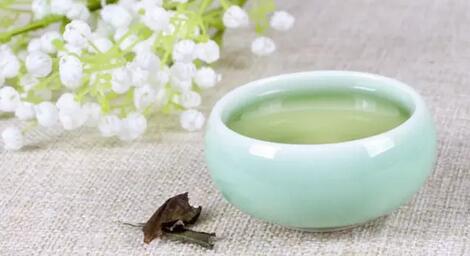
Many tea drinkers share Mr. Cai's mindset, unwilling to discard expensive but spoiled tea. Moldy tea contains toxins like penicillic acid and luteoskyrin, which can cause symptoms such as diarrhea, dizziness, and weakness. Long-term consumption may lead to organ damage or even cancer.
Therefore, you must learn to waste tea that has gone moldy or spoiled. Sometimes, wasting tea is not a bad thing—don't let the price of tea compromise your health.

Tea spoils due to improper storage. To preserve tea properly, consider the following:
Environment: Store tea in a dry, well-ventilated place, away from strong odors.

Temperature: The ideal storage temperature is between 23°C and 28°C. For every 10°C increase, tea quality deteriorates 3-5 times faster.
Humidity: Tea should have a moisture content of ≤3%; above 5%, it becomes prone to mold.

Oxygen: Avoid exposing tea directly to air, as oxidation can darken the leaves and make the tea cloudy.
Light: Keep tea away from direct sunlight or UV exposure.
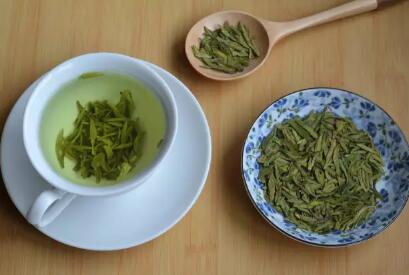
How should different types of tea be stored?
Green tea:
Green tea, being lightly fermented, is best stored in the fridge. For daily use, keep it in the refrigerator at around 5°C. Unopened tea can be stored in the freezer for over a year.
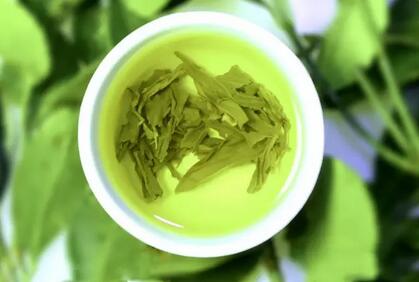
Black tea:
Black tea is prone to moisture absorption and flavor loss. Store it in an airtight container away from light and heat, preferably in tin foil, purple clay, or tin cans. Before sealing, use a plastic bag to remove air and preserve freshness.
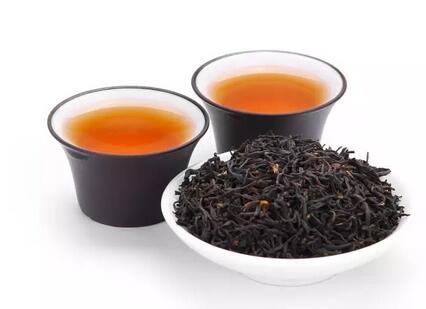
Yellow tea:
Yellow tea should also be refrigerated, but avoid storing it near strong-smelling foods. Use aluminum foil bags before placing it in a container, ideally at 5°C.
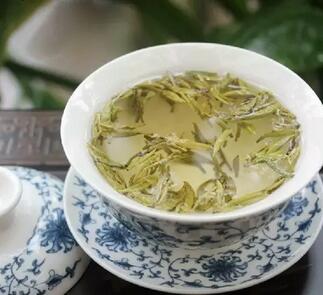
White tea:
Store white tea in airtight containers like tin or iron cans. It can be kept at room temperature or in the fridge, with moisture content below 6% and temperature at 5°C.
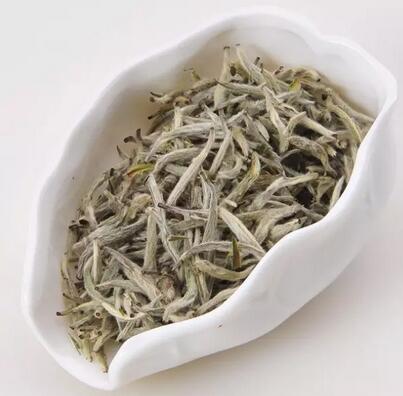
Oolong tea:
As a semi-fermented tea, oolong is sensitive to light and moisture. Store it in tin, iron, or ceramic cans, filled to minimize oxidation.
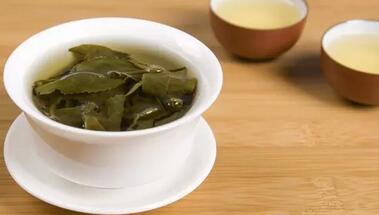
Dark tea:
Dark tea requires a dry, well-ventilated environment. Store it in breathable packaging like kraft paper, avoiding plastic bags. Adding charcoal nearby helps absorb moisture and odors.
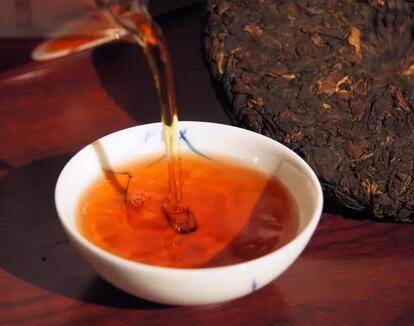
Regardless of the storage method, avoid direct contact between tea and metal by using a paper or bag barrier.
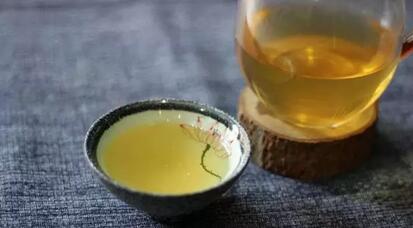
Improper storage wastes tea, but drinking spoiled tea wastes your health. Store tea correctly, and when it spoils, waste it without hesitation.